Edible peas come in all sorts of different types and different varieties. In fact, there are even non-edible types of peas, like the pretty and aromatic sweet pea flowers (which you do not want to eat!).
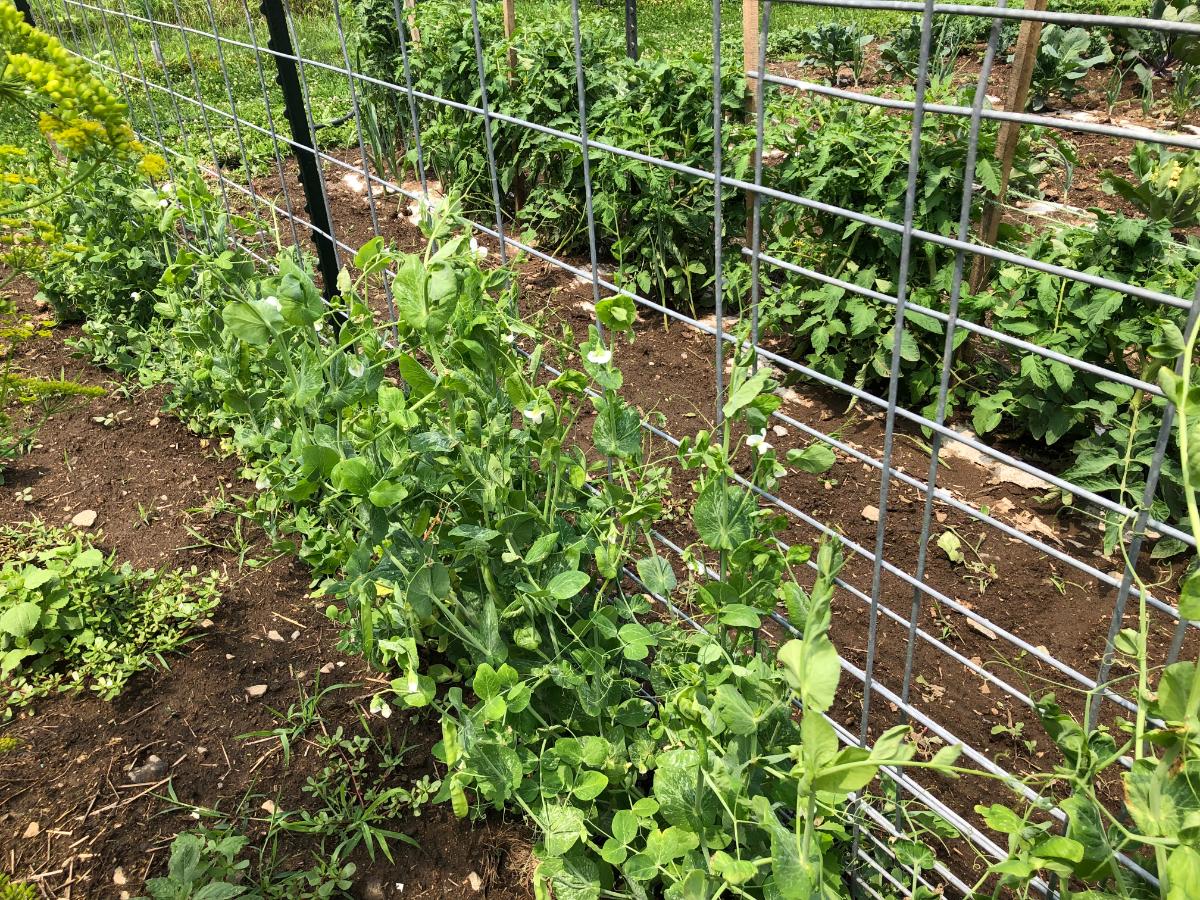
When you’re shopping for pea seeds, you’ll see different names or types of peas. You’ll see things like “snow peas,” “snap peas,” "edible pods,” “shelling,” or “shell peas.”
What’s the difference between all these different types of peas? Let’s see if we can shed some light.
Jump to:
The Different Types of Peas and What They’re Used For
First, we’ll take a look at the three most common types of garden peas and see what’s different about each type.
1. Snow Peas
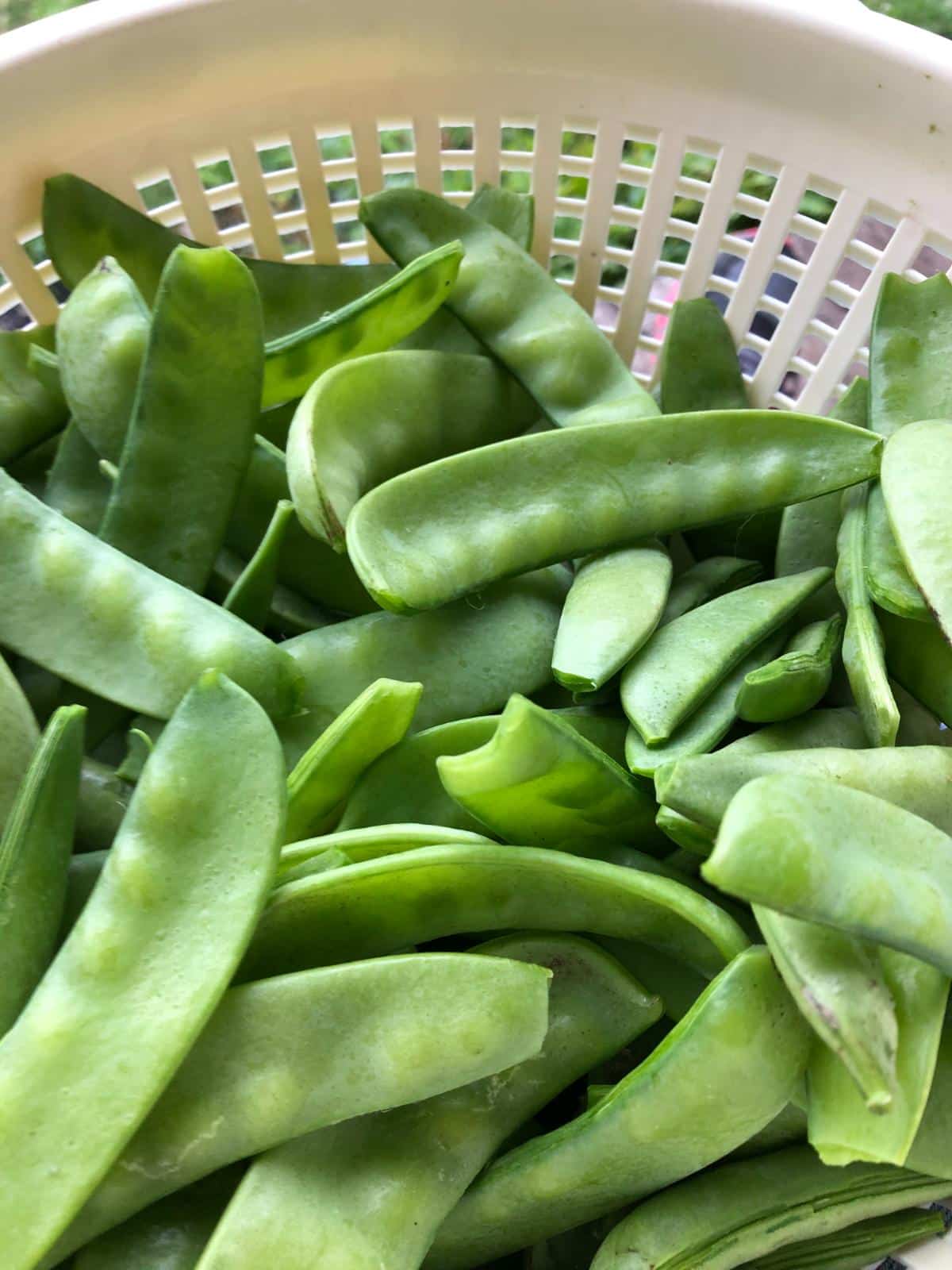
Snow peas are peas with edible pods that have small peas inside. They are intended to be eaten whole. Snow peas are almost flat, with only very small pea bumps inside them.
Snow peas are sweet and tender and are usually picked under three inches long. They can be picked and eaten at any stage.
Snow peas can be eaten raw, but the most popular way to eat snow peas is to saute them. These are the peas that we are used to seeing in stir fries and in Asian cuisine.
To eat snow peas, you can leave the string on them or remove it, according to your personal preference.
Snow peas are generally the first pea to be harvested and they mature at around 60 days, depending on the variety.
2. Sugar Snap Peas
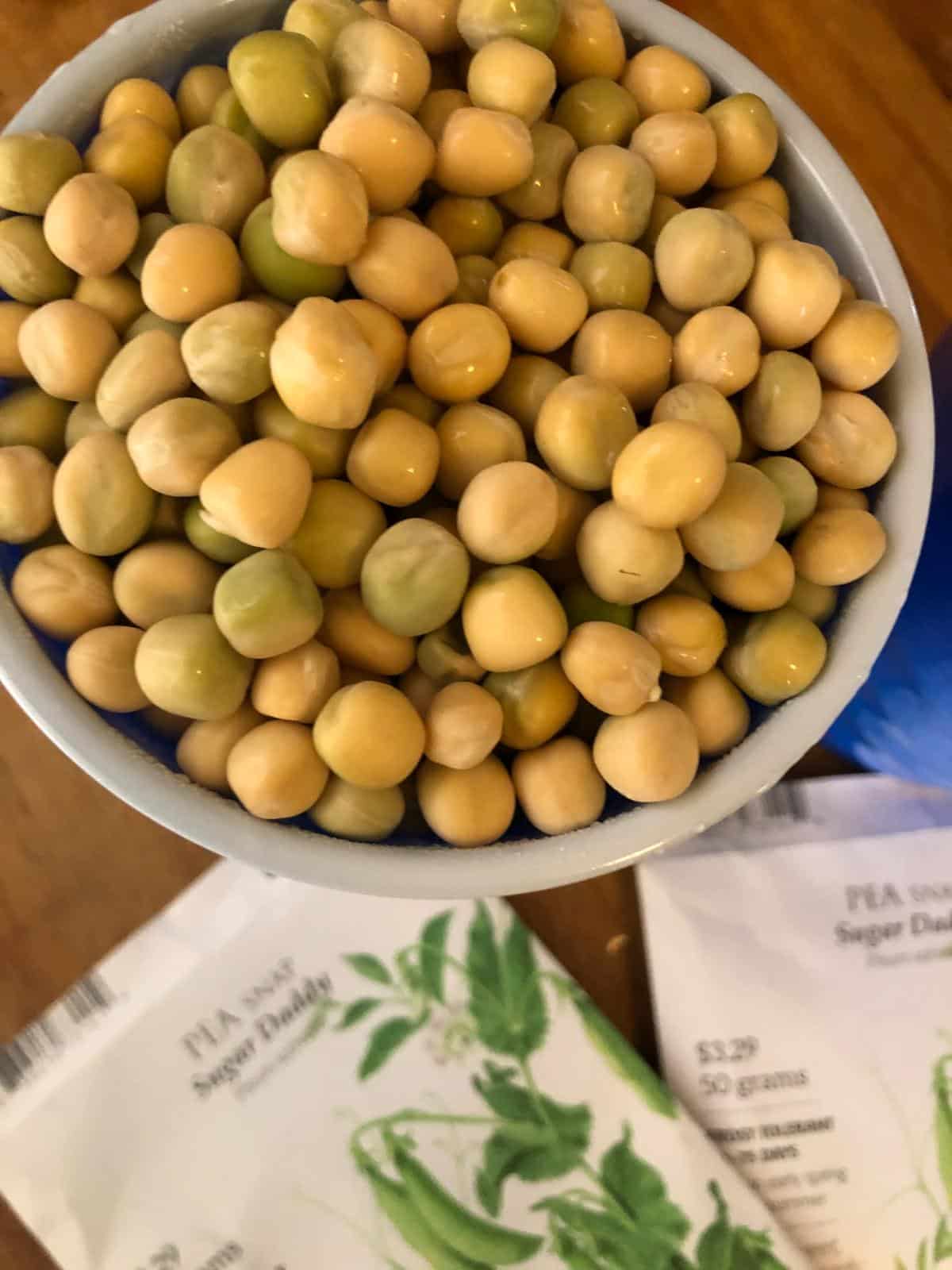
Sugar snap peas are very similar to snow peas, with one notable difference. It’s easy to confuse sugar snap and snow peas because they are both peas with edible pods.
Sugar snap peas are intended to be grown to a plumper stage than snow peas. The pods are tender and not stringy when picked at the right stage.
The peas inside the pods (the seeds) are more round. You can feel the plump peas inside the pods. They should be fat and juicy, similar to the peas inside a shelling pea, but smaller. Snap peas fall between snow peas and shelling peas on the spectrum.
Snap peas are excellent for fresh eating. As their name indicates, they have a naturally sweet flavor. They make a wonderful healthy snack and can be added to salads and more. Snap peas can also be sauteed.
Snap peas mature at about the same time as snow peas, so they, too, are an early variety, ready in about 60 to 70 days, with some early varieties maturing in under 60 days.
3. Shell or Shelling Peas
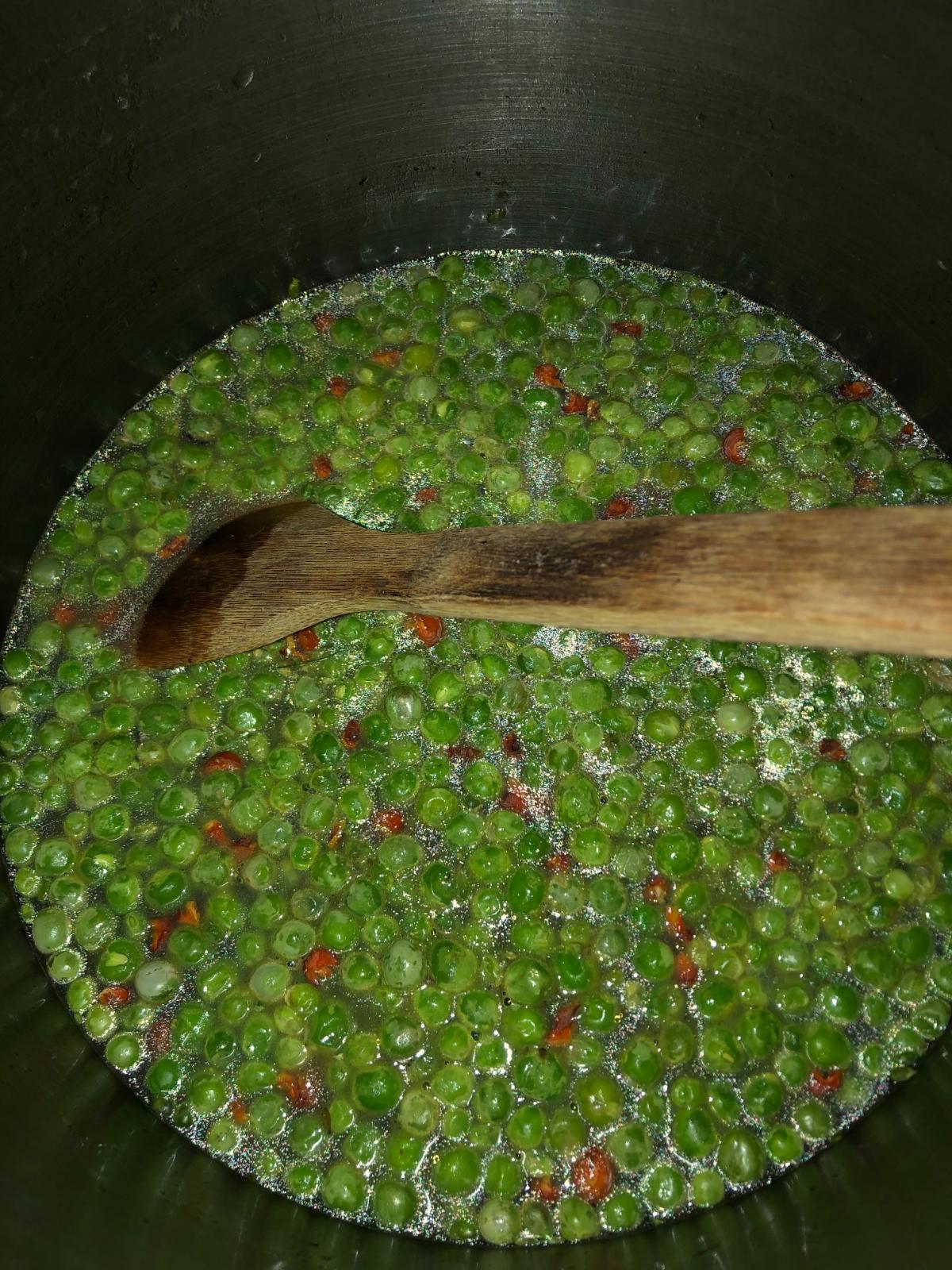
Shell or shelling peas are the peas we are used to eating as small, round balls. They grow in a pod like the other types of peas, but they grow to a larger, plumper size.
There are usually more peas in the pod; the peas are larger and plumper than snap peas, and the pods tend to be longer. It is common for each pea pod to hold between 7 and 9 peas.
Pods on shell peas are not very nice to eat because they have a tough, stringy texture.
To eat shelling peas, pull the string along the inside seam of the pod, then crack the pod open and swipe the pea seeds out into a bowl.
Shelling peas can be eaten raw or cooked. They can be sauteed or steamed.
Shell peas are the type of peas you probably want if you want to freeze, can, or preserve peas for eating in the off-season. They are excellent for all types of preservation. Steaming shell peas from fresh-frozen peas tastes almost exactly like steamed peas from the garden.
Other ‘Pea’ Terms that Might Confuse You
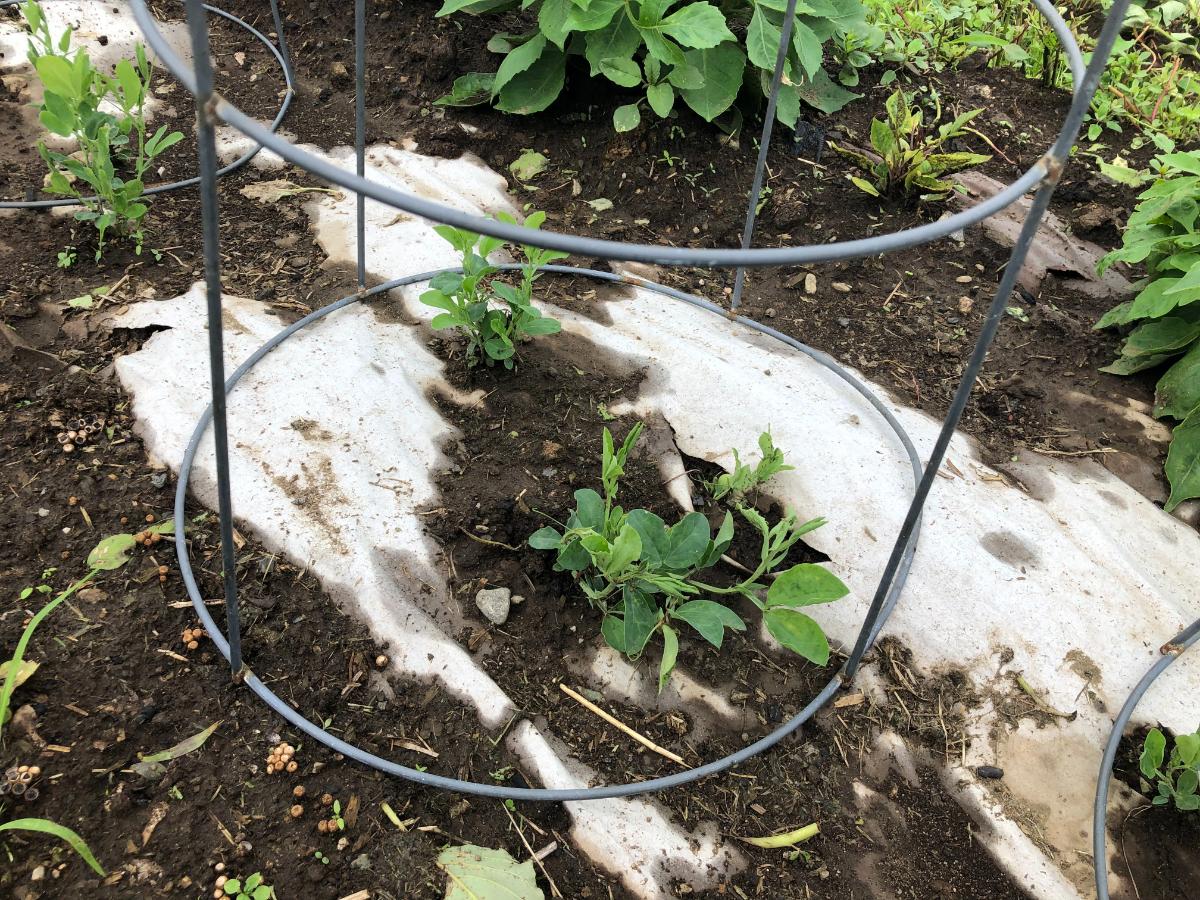
There are other names for different types of peas. You may see these in catalogs, on seed packets, or in general discussions. It helps to know what each of these types of peas are, too, and what they’re used for. For the most part, they are just different names for the types of peas outlined above.
- Edible Pod Peas: “Edible pod peas” is a general way to refer to any of the peas that have tender pods that you intend to eat. It’s a bit of a misnomer because, technically, all-eating peas are “edible pod” peas. What is meant by that is that you can eat the pods of any edible peas; you just wouldn’t necessarily want to, because the pods on garden pea varieties (shelling peas) are tough and stringy and not very nice to chew. That said, they make a lovely pesto if you grind them! (Waste not want not!)
- English Peas: English peas are shelling peas. This is just another name for them. Many people and many resources call shelling peas English peas and would consider “shelling peas” the alternate name.
- Garden Peas: Garden peas are also shelling peas, just by another name. So Shelling or shell peas, English peas, and Garden peas are all the same thing. They are peas that you grow with the intention of shelling them and not eating the pods.
- Field Peas: Field peas aren’t technically peas; they are actually beans. But they are pretty closely related. Field peas is a general term for a wide variety of peas that are really beans (they’re all legumes). The term “field peas” comes from the original practice of growing them as rotation crops in fields, especially in southern U.S. regions. Field peas may also be called cowpeas or Southern peas. Field peas are usually dried, which makes them a simple and portable crop. (And yes, even you can grow, dry, and store field peas at home in your garden!). There are many beans and peas that fall into the field pea category. Some of the more well-known are black eyed peas (not really a pea), crowder peas, lady peas, zipper peas, and…
- Split Peas: Split peas are another pea that is not really a pea. They are a type of field pea, so they actually fall into that category. However, they have some specific uses and are often used alone and not in combinations or mixes, so split peas are often thought of as a whole other variety. In fact, there are different types and varieties of split peas, including both green split peas and milder yellow. But they’re all a type of field pea!
Know Before You Grow
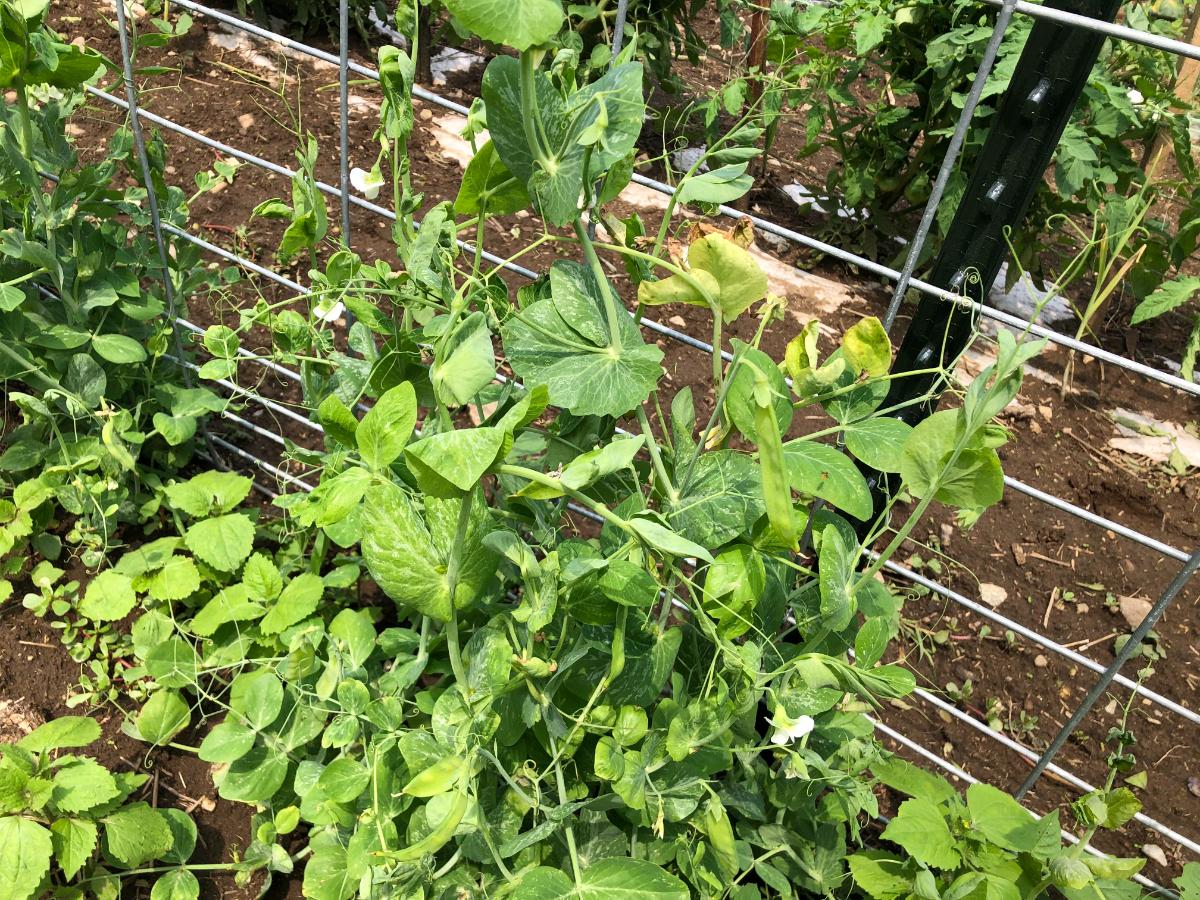
Knowing what sellers, vendors, and seed catalogs mean when they use these terms will help you find the right pea for what you want to grow and how you like to eat and cook your peas.
All of the different types of peas are wonderful, tasty vegetables. But if you buy a snow pea thinking you’ll have large, round shelling peas for a side dish or for the freezer, you’ll be sorely disappointed with their performance.
So, while all these peas are great, it’s important to know what type of seed you are putting in the ground so that what comes out of it is just what you expected it to be. That said, all the different types of peas are great. They’re highly nutritious, too. So why grow just one?

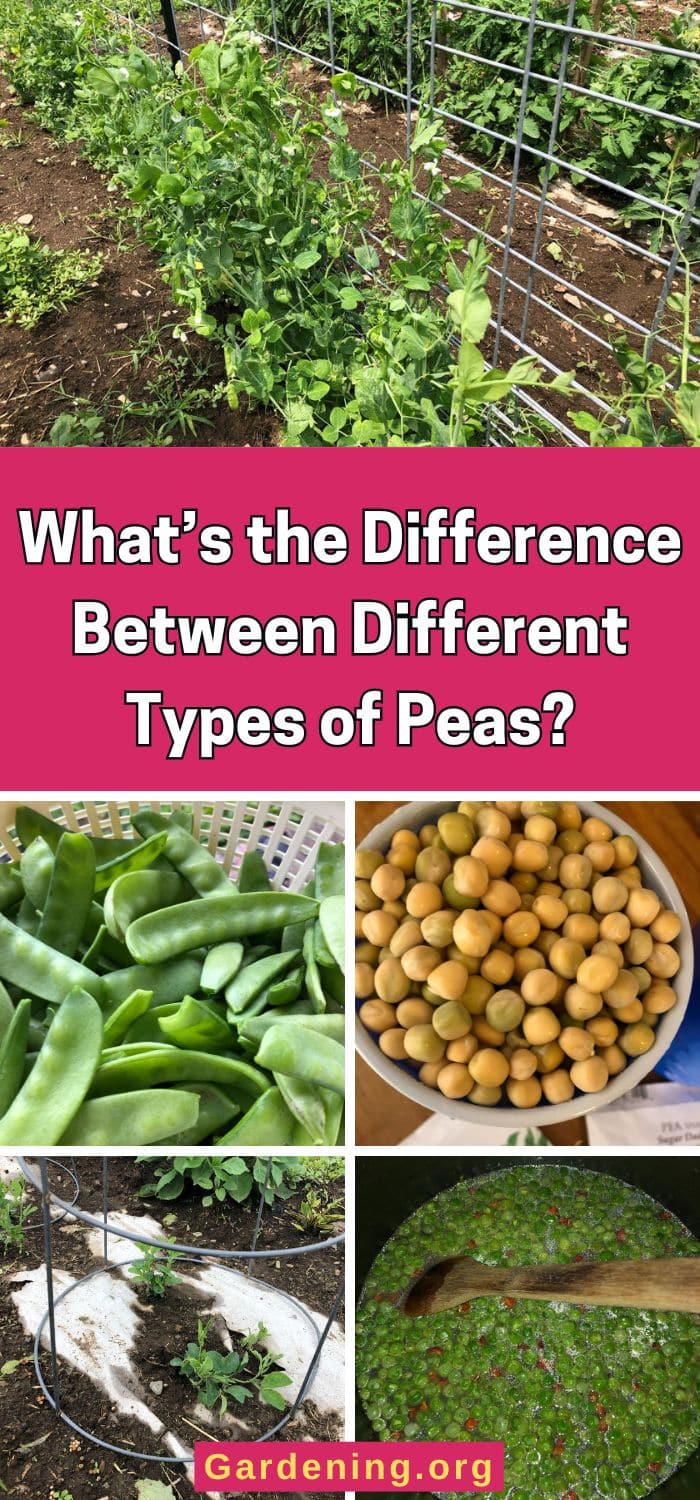
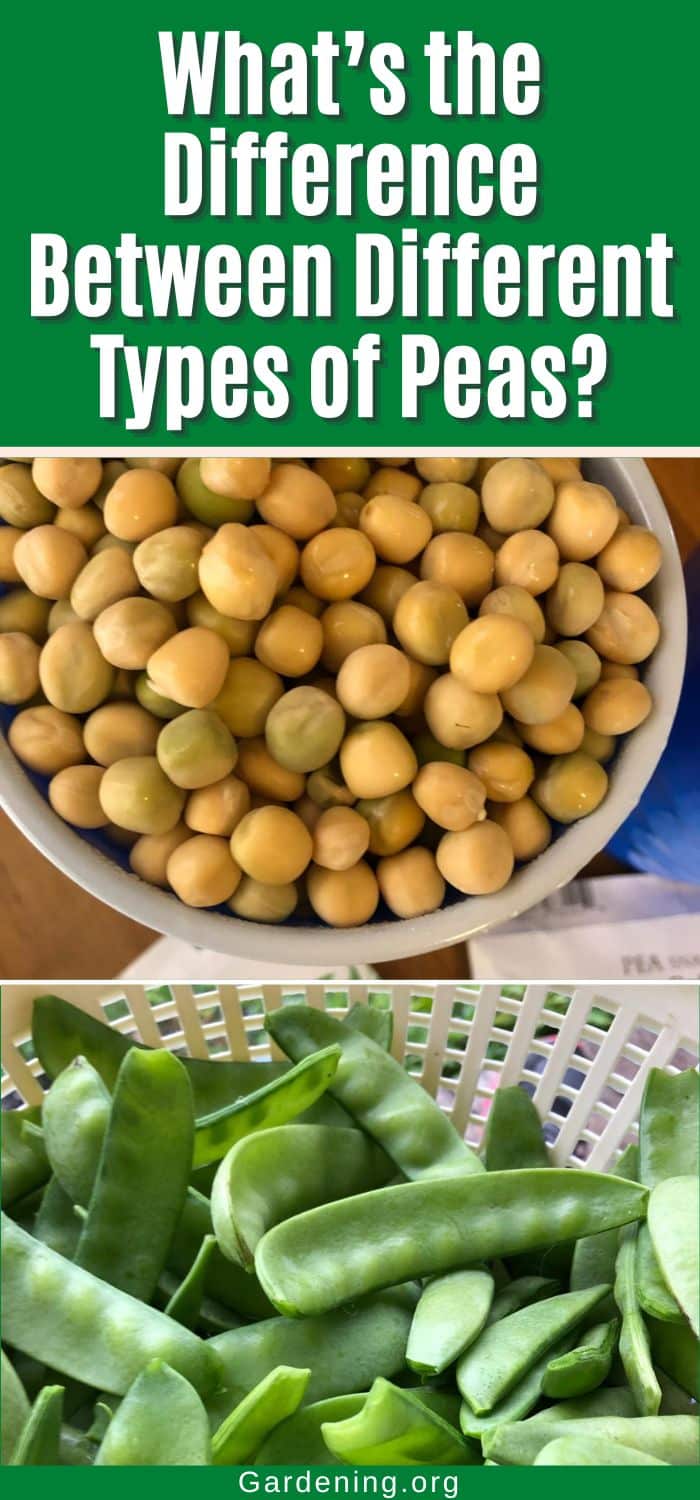
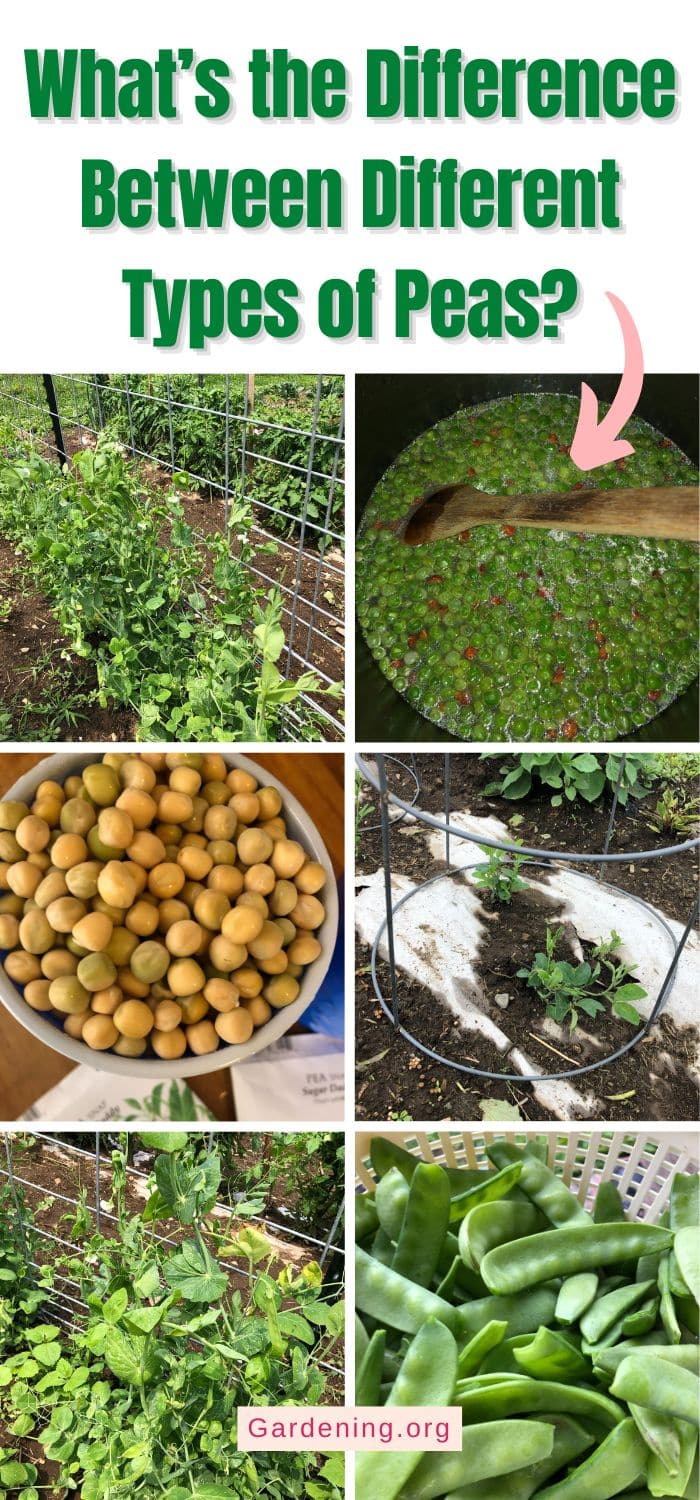
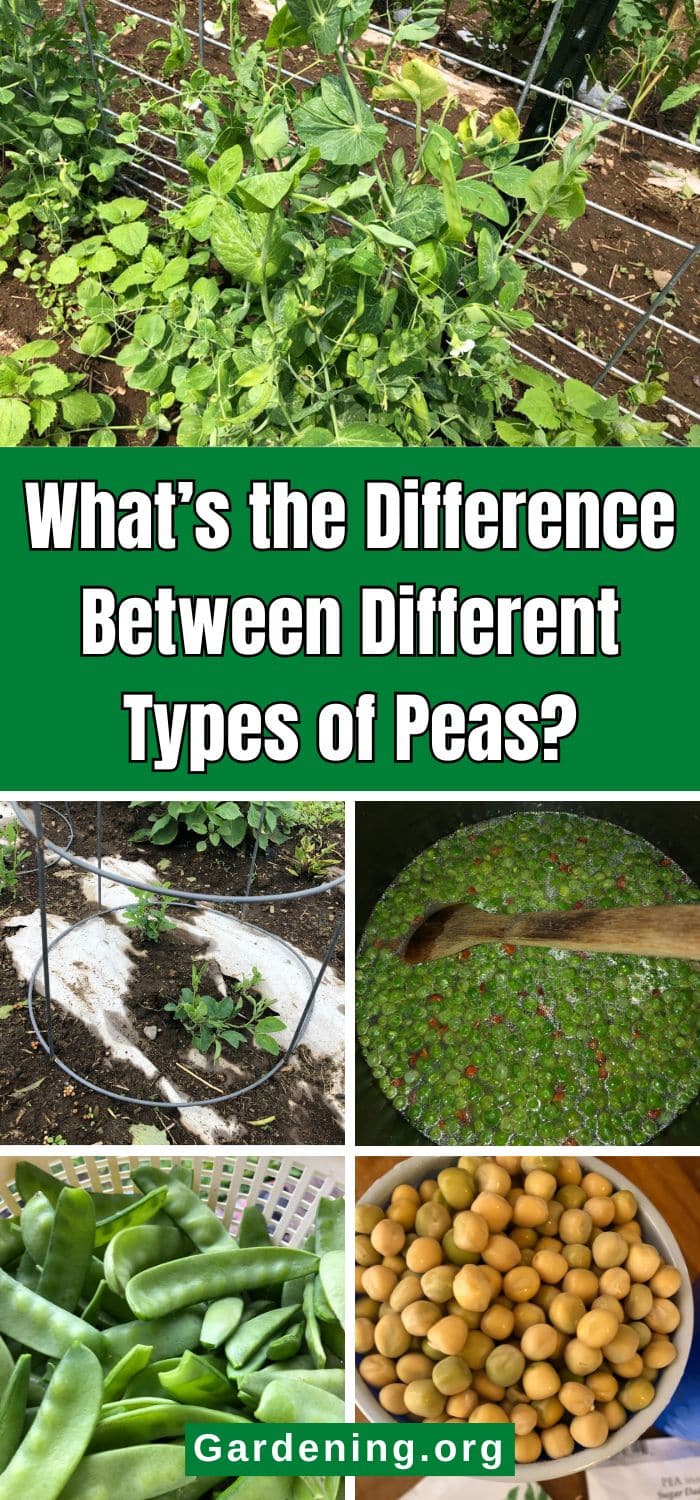
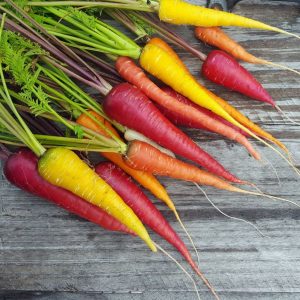
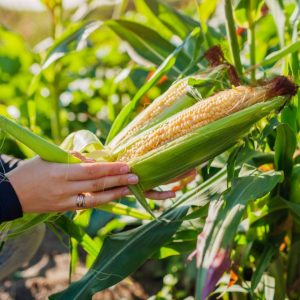
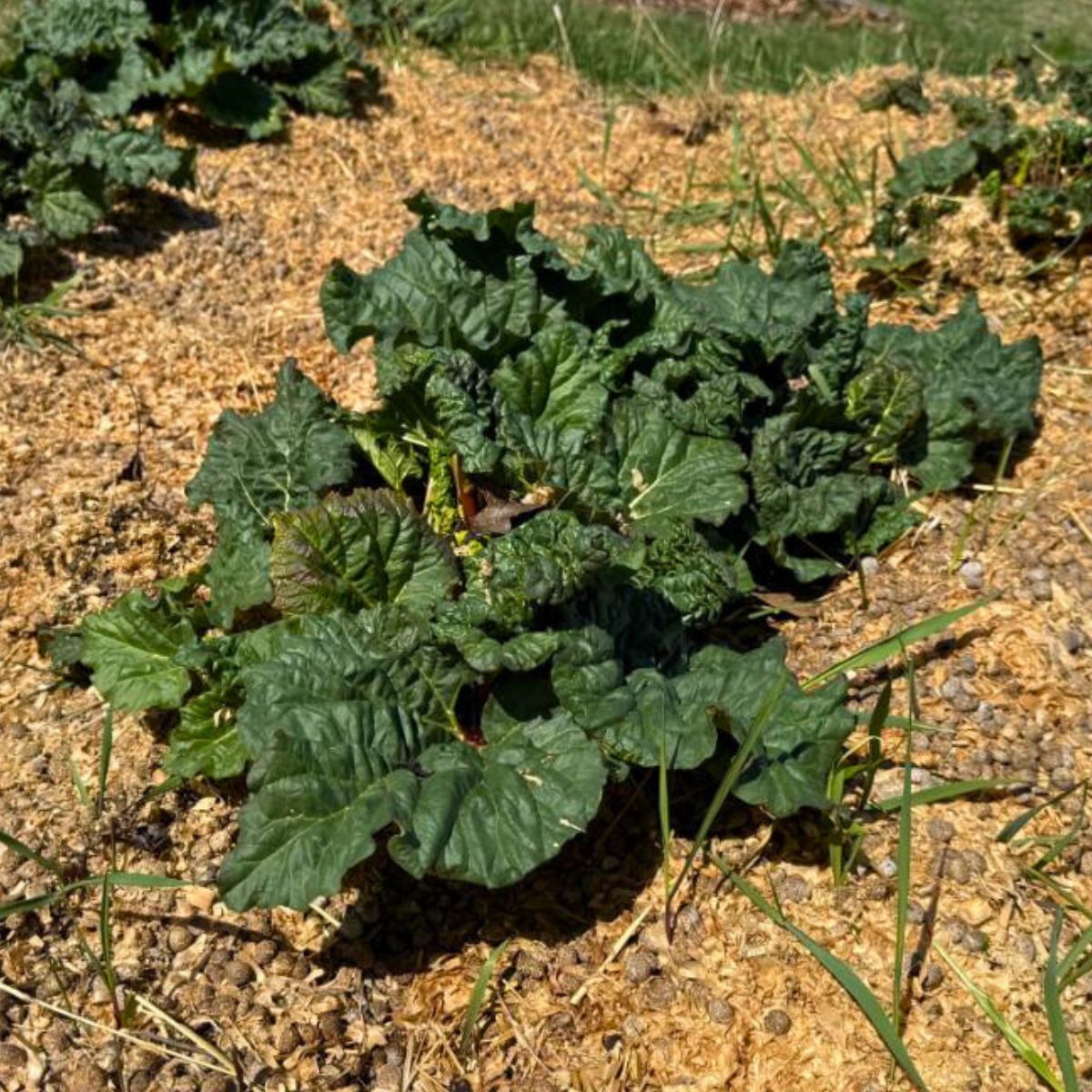
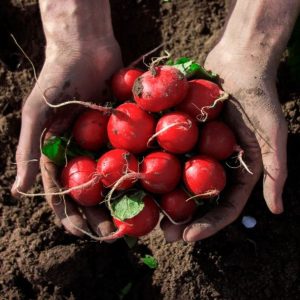
Leave a Reply